The purpose of this fact sheet is to aid in the identification of a common insect pest in citrus and its damage. This publication is targeted for a general public audience.
Life Cycle
Orangedog is a general name used to identify the larval stage of the giant swallowtail butterfly when it occurs as a pest of cultivated crops. Orangedog eggs are round, 1 to 1.5 mm in size, and semi-translucent orange in color. Orangedogs are brown and white, often resembling bird droppings, and are approximately 1 to 2 inches in length. When disturbed, orangedogs will discharge a distinct odor from their osmeterium, the defensive organ found on the head during the larval stage. Once orangedogs mature into the swallowtail butterfly, they have velvety black wings with a yellow pattern. Giant swallowtail butterflies can lay as many as 500 eggs in their lifetime.
Damage
Orangedogs feed on citrus foliage, preferring younger leaves. They tend to feed from the outside of the leaf and move inward. Orangedog feeding is generally not detrimental to the health of citrus trees. However, extensive feeding can lead to economic damage and defoliation. Injury is most likely to occur during the spring, when butterflies deposit large numbers of eggs on leaves. Several orangedog larvae can defoliate a young citrus tree in less than a week. Larvae increase their foliage consumption as they grow in size.
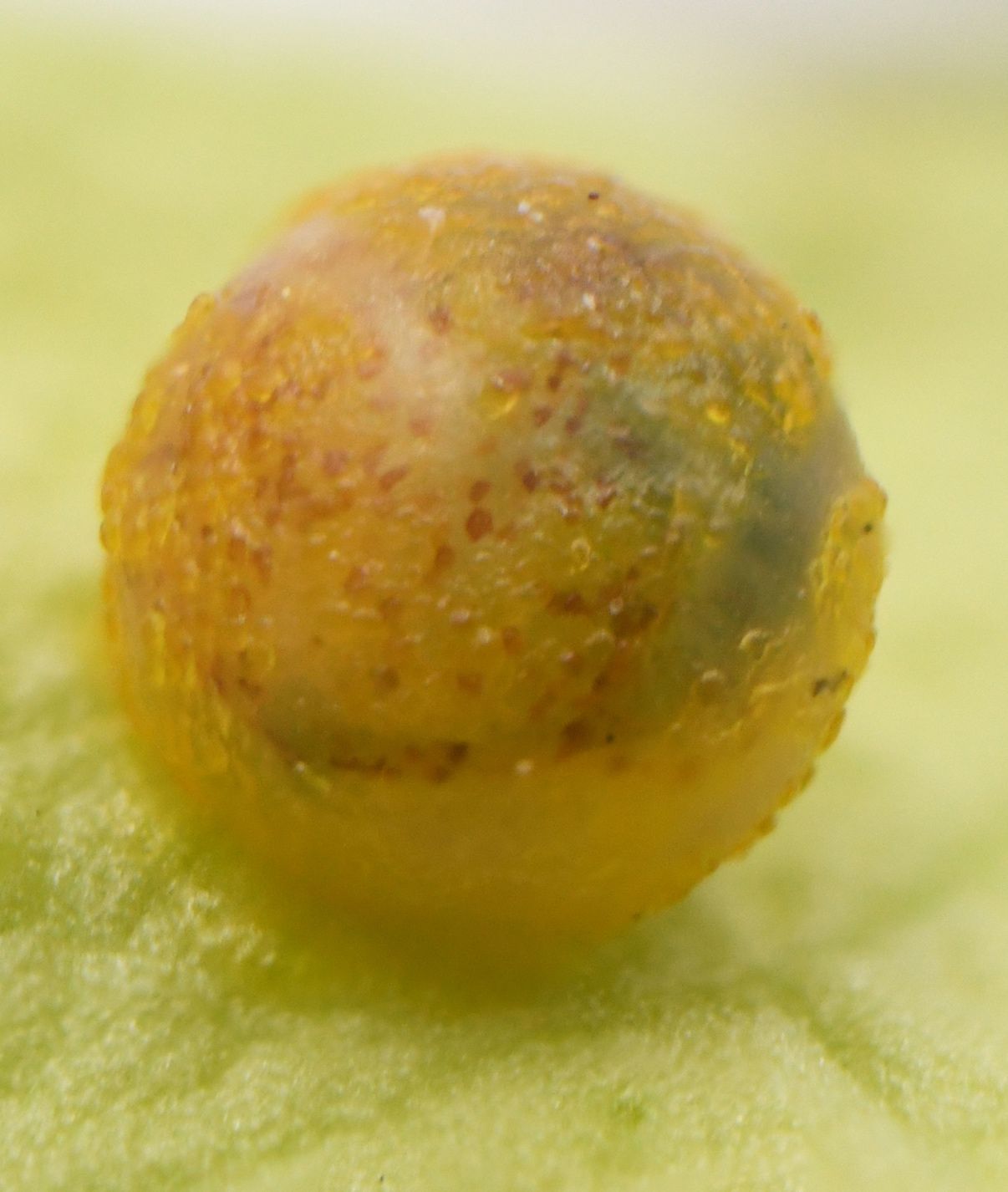
Credit: T.R. Weeks, UF/IFAS
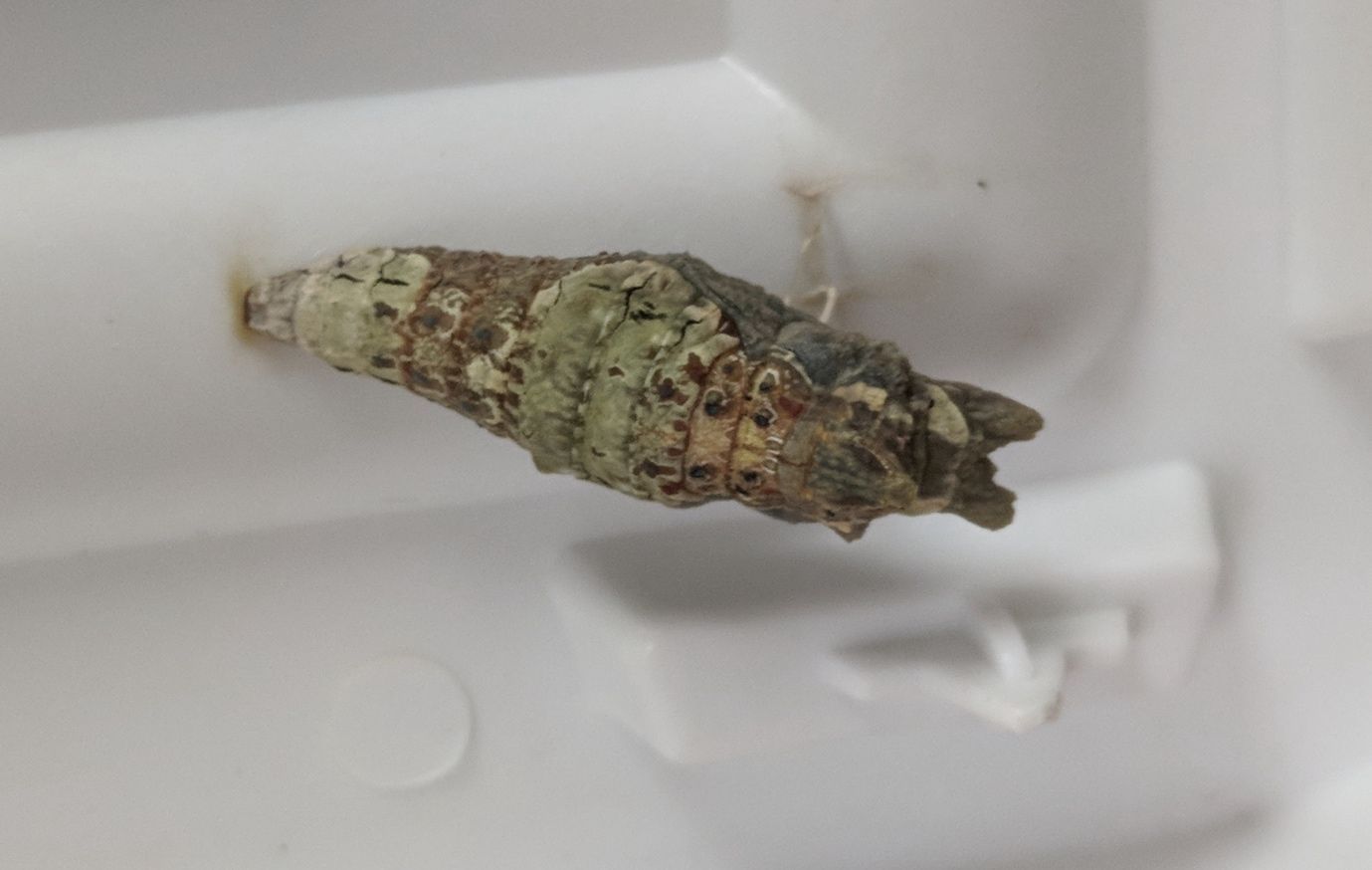
Credit: L. M. Diepenbrock, UF/IFAS
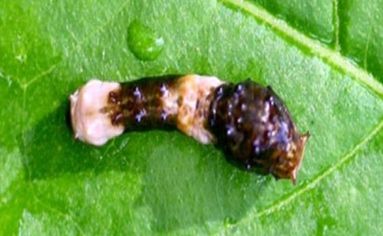
Credit: D. Hall, UF
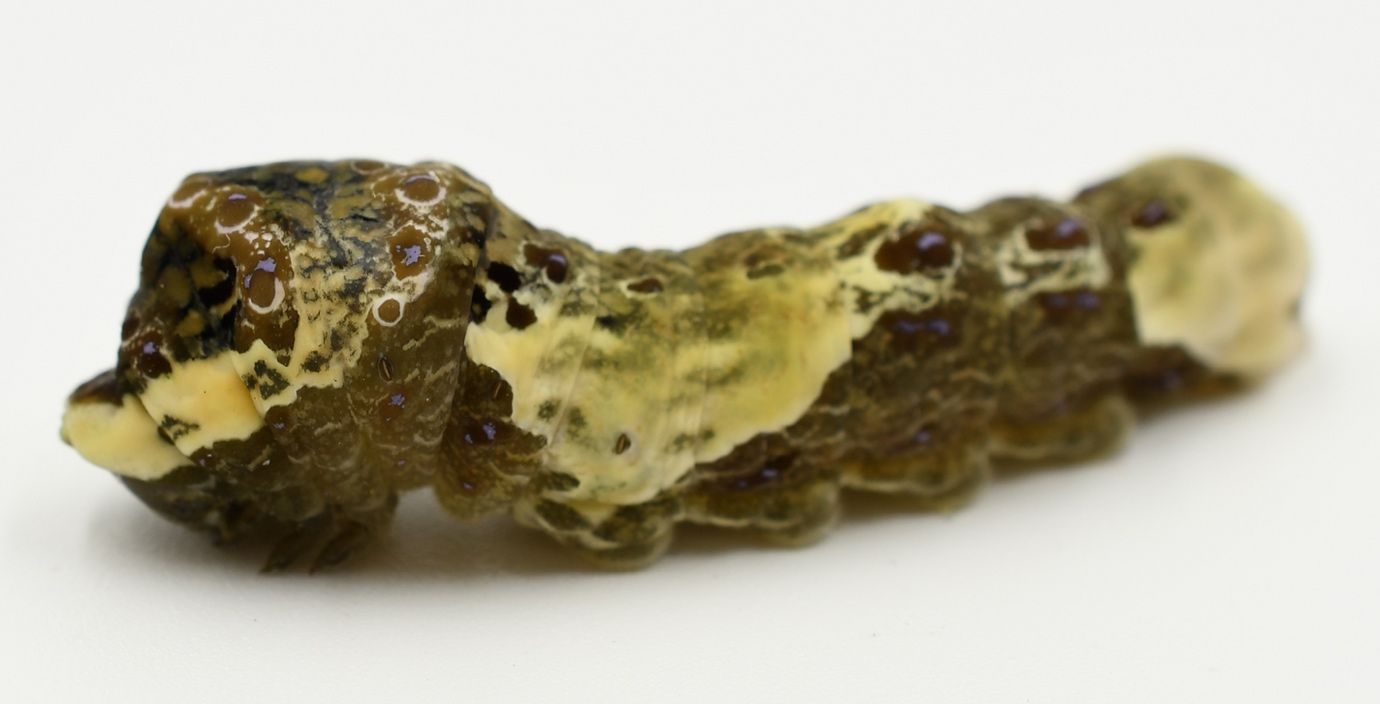
Credit: T. R. Weeks, UF/IFAS
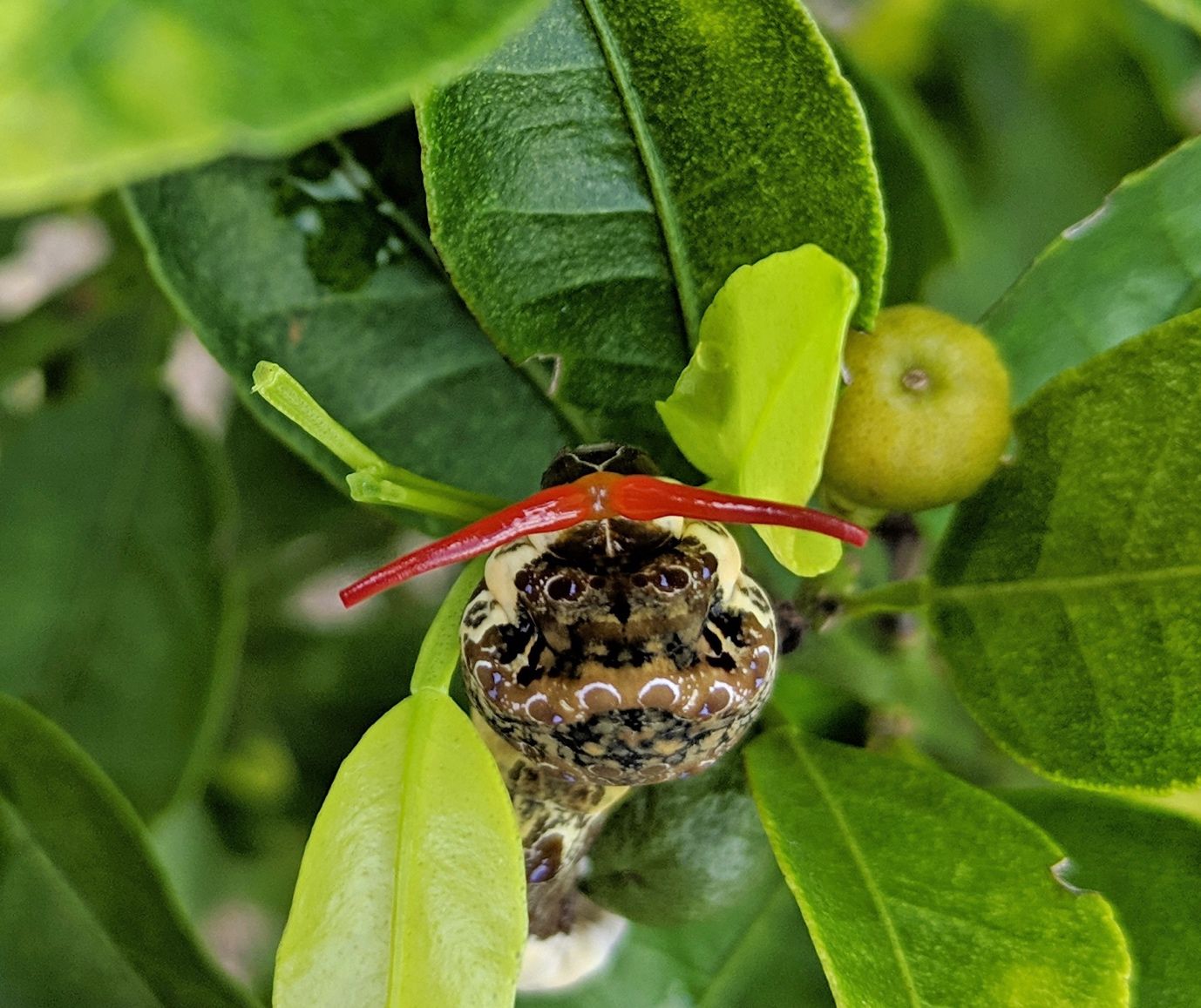
Credit: L. M. Diepenbrock, UF/IFAS
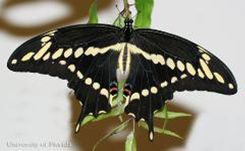
Credit: D. Hall, UF